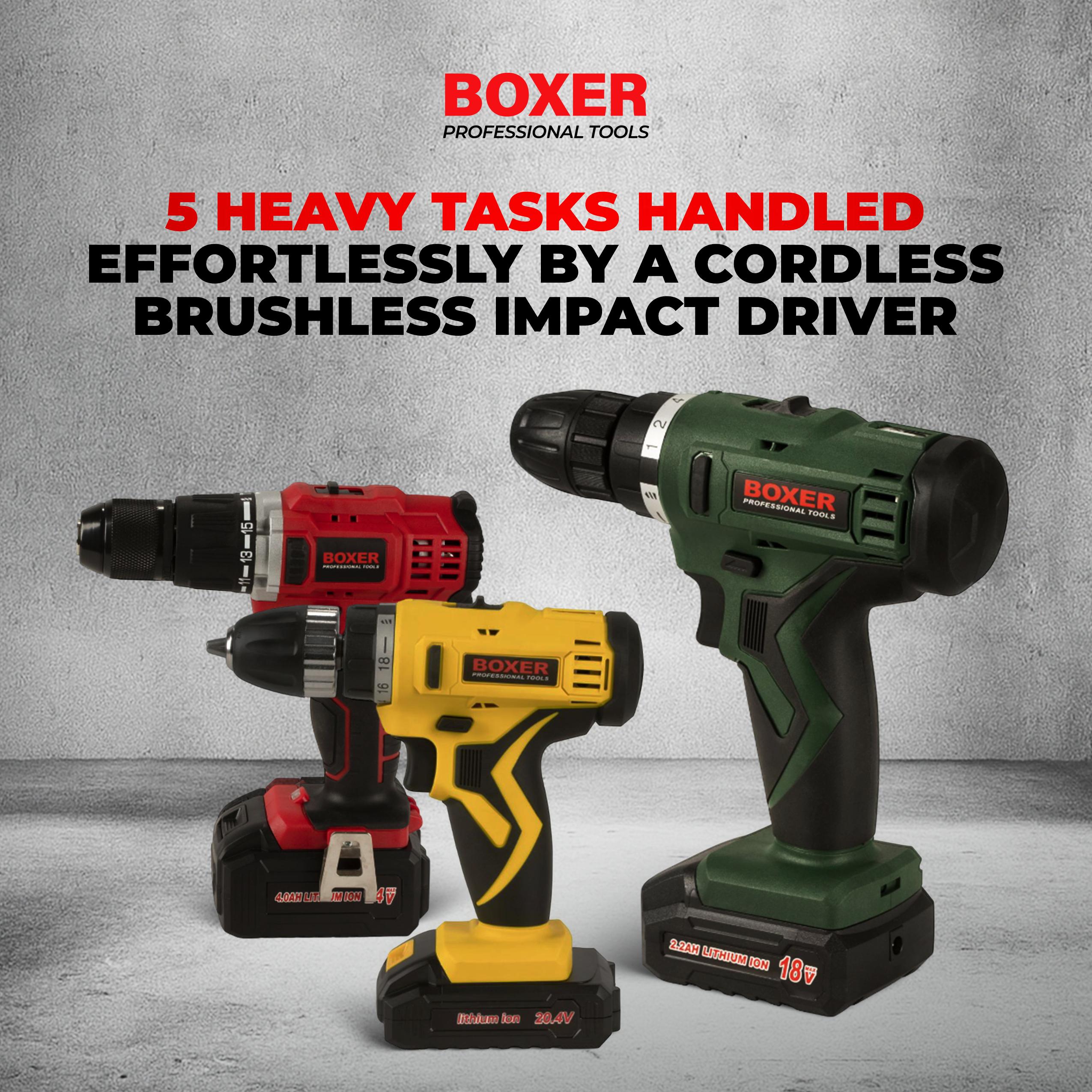
The Versatile Handheld Saw: A Handy Tool for Precision Cutting
When it comes to intricate detail work in construction or woodworking projects, the Handheld Saw is an indispensable tool. Whether it's cleaning out dovetails, shaping closed letters, or creating matching baseboards, the hand-held saw is versatile and efficient. The uses, safety precautions, and best options for hand-held saw.
What is a hand-held saw?
A hand-held saw is a small, manual, hand-operated tool used for cutting fine and intricate designs on various surfaces such as wood, plastic, MDF, or metal. Similar to a jigsaw or scroll saw, it is particularly useful for creating coping joints, where one piece of molding corner is cut to fit into the contours of another piece.
Uses of a hand-held saw:
One of the key features that make a coping saw so useful is its blade's flexibility. It allows for interior cuts and designs without cutting from the perimeter of the material. This is achieved by removing the blade from its frame, inserting it into a drilled hole on the surface, and refitting it into the frame to continue cutting from the drilled hole onwards. Hand-held saw are commonly used for creating inside joints with a professional finish and for cutting appropriate designs for joining surfaces together.
Safety precautions when using a hand-held saw:
- Wear personal protective equipment (PPE): To prevent shards and dust from entering your eyes, always wear safety glasses when operating a coping saw.
- Proper storage: When not in use, store the coping saw in its protective sheath or holster to prevent accidental injury.
- Maintain a safe distance: Keep your hands, fingers, and unnecessary items away from the cutting path to avoid unintended cuts.
- Regular maintenance: Replace dull or damaged blades and ensure the blade is securely tightened in its frame. After each use, oil the teeth of the blade for longevity and smooth operation.
Choosing a quality hand-held saw:
When selecting a coping saw, consider the following factors:
- Lightweight design: As coping saws are already minimal and skinny, look for lightweight options that provide ease of use.
- Quality materials: Opt for coping saws made from high-quality materials for durability. Pay attention to the frame, handle, spigot, and blade.
- Blade teeth: Most standard blades have 14 to 16 teeth per inch. Look for blades that maintain sharpness and do not dull easily.
- Recommended brands: Some popular coping saw brands include Olson SF63510, Bahco 301, Irwin ProTouch, and Stanley Fatmax.
The hand-held saw is an essential tool for professionals in various crafts and professions. Its ability to create intricate and fine designs, as well as perform interior cuts, makes it invaluable. However, it is crucial to follow safety guidelines and use the coping saw with caution. By choosing a quality hand-held saw and maintaining it properly, you can achieve precise and professional results in your woodworking and construction projects.
Copyright © 2025 Boxertools | Powered By Orance Media Group








